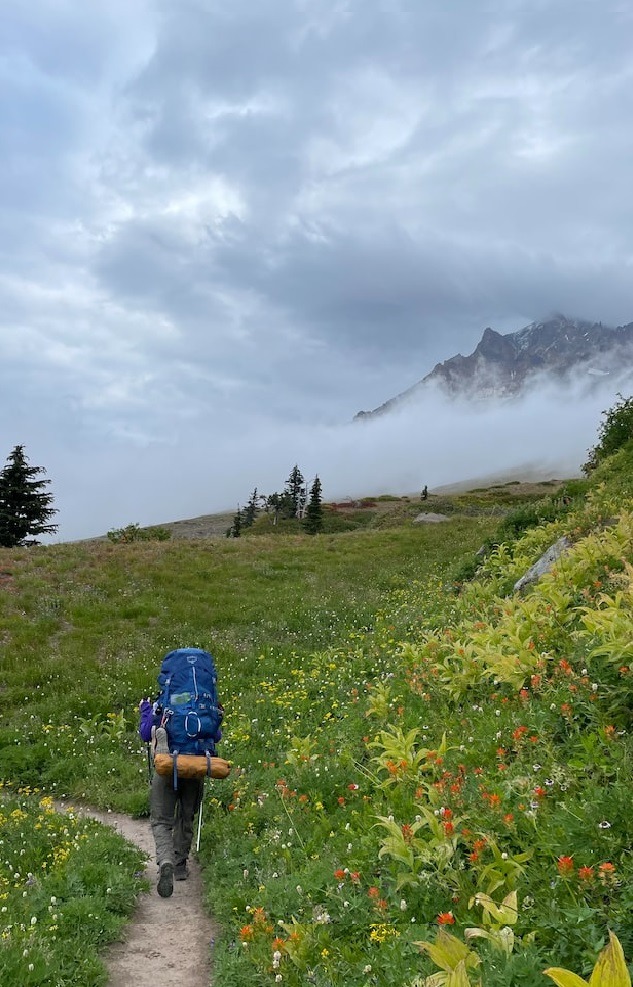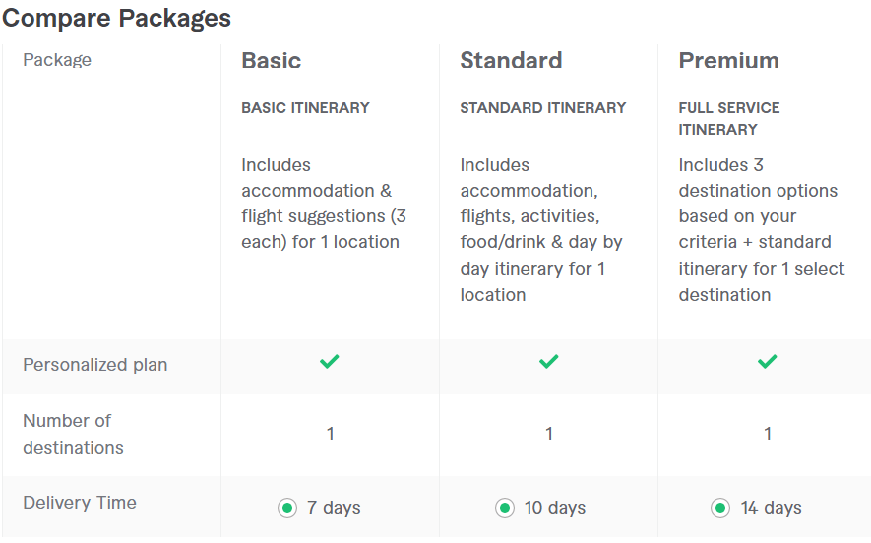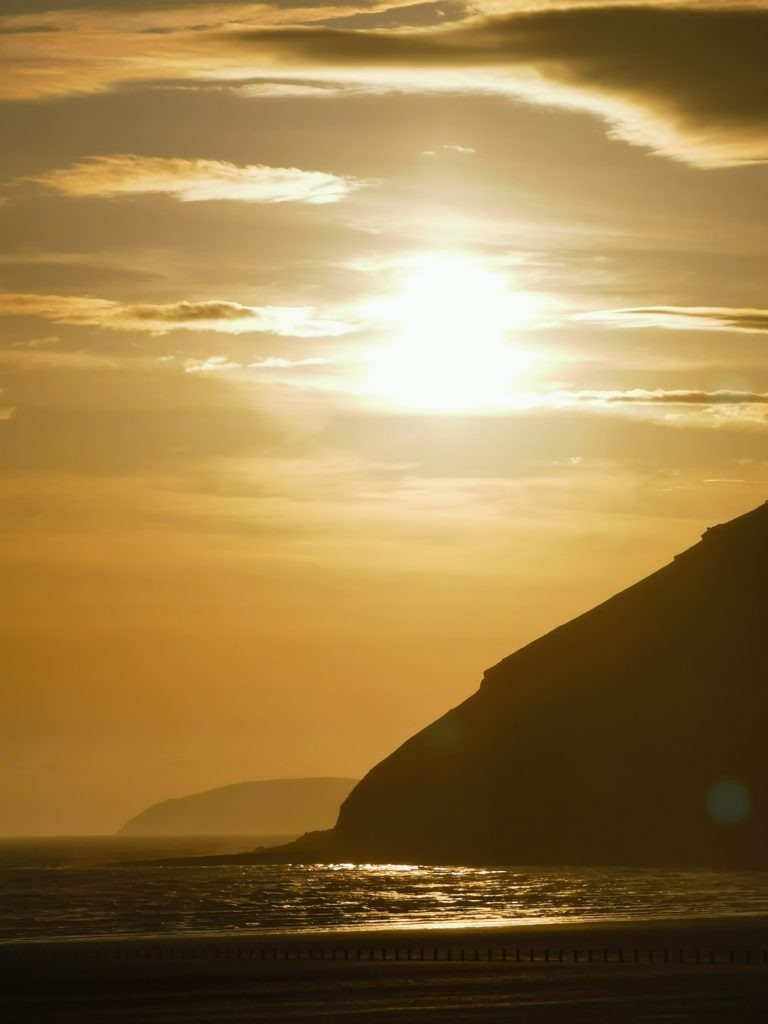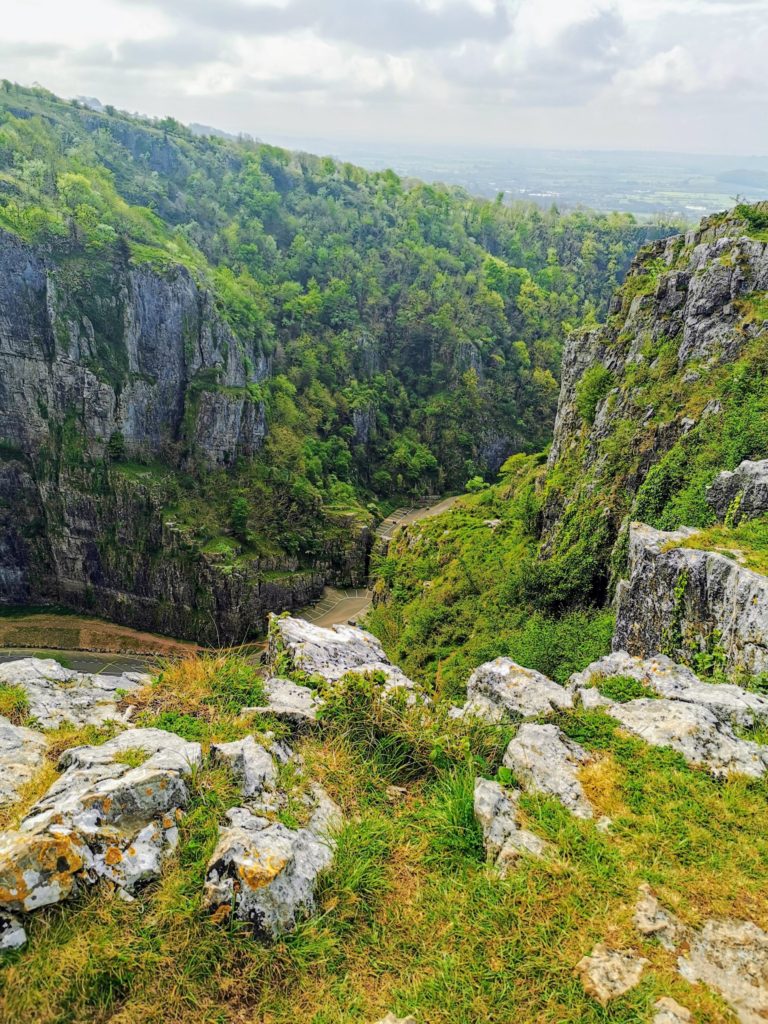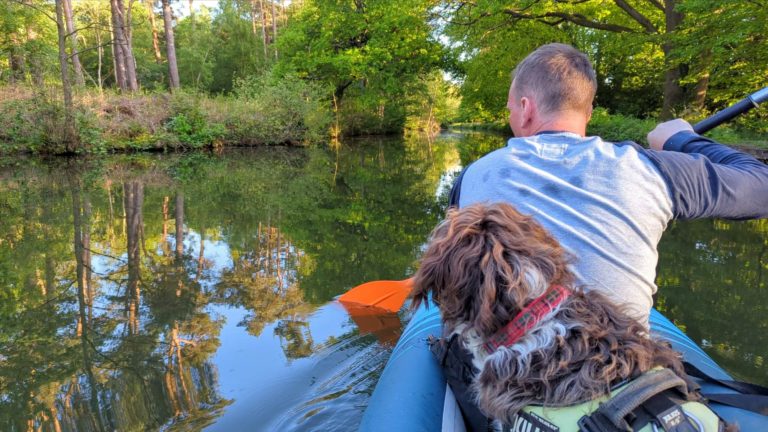For organising and planning a hiking trip that is successful and enjoyable we need to keep in mind a few things before we set off. Choosing the right trail, creating an itinerary, packing the essential gear.
This post emphasises the importance of considering factors such as trail difficulty, length of the hike, and weather conditions when choosing a destination. It also highlights the importance of staying organised and prepared by being aware of trail closures, regulations, and Leave No Trace principles.
The main takeaway from this blog is the importance of proper planning to ensure a successful and enjoyable hiking trip.
Table of Contents
Choosing The Right Hiking Trail
When you’re hiking, it’s important to pick the right trail. You don’t want to pick one that’s too easy, or you’ll get bored. And you don’t want to pick one that’s too hard, or you’ll end up exhausted.
There are a lot of different hiking trails out there, and it can be tough to choose the right one. But if you take into account your own abilities and the difficulty of the trail, you’ll be able to find the perfect hike for you.
Think about what you want to get out of your hike. If you’re looking for a challenging workout, choose a difficult trail. If you just want to take a leisurely stroll in the woods, go for an easy trail.
And don’t forget to bring the right gear. Make sure you have sturdy shoes, plenty of water, and sunscreen if you’re going to be hiking in the sun.
With these tips in mind, you’re sure to have a great hiking experience.
Planning A Hiking Trip Itinerary
There are many factors to consider when planning an itinerary for a trip. You’ll want to think about your interests, how much time you have, and what’s feasible based on your budget and transportation.
Once you’ve narrowed down what you want to see and do, start piecing together an itinerary. This can include anything from researching attractions and making reservations, to mapping out the route you’ll take.
If you’re not sure where to start, there are many online resources with itinerary templates and advice from travel experts. Take advantage of these resources and your own research to create the perfect trip for you.
Backpacking Planner App
There are several backpacking planner apps available for both iOS and Android devices that can help you plan and organize your backpacking trips. Here are a few popular options:
- AllTrails: This app allows you to search for and discover hiking trails, as well as track your progress on the trail with GPS. You can also view trail maps, read reviews from other hikers, and save your favourite trails for future reference.
- Gaia GPS: This app is a powerful navigation tool for backpacking and other outdoor activities. It offers topographic and satellite maps, as well as the ability to download maps for offline use. You can also track your location and save waypoints for important landmarks.
- PeakFinder: This app allows you to identify peaks and mountains by pointing your device’s camera in their direction. It includes a database of over 300,000 peaks and can provide detailed information on elevation, difficulty, and more.
- Backpacker GPS Trails: This app provides detailed information on trails, including topographic maps, points of interest, and the ability to track your progress with GPS. It also includes a social feature that allows you to share your trips with other hikers and see what they are up to.
- Backcountry Navigator: a comprehensive navigation app that supports offline topo maps and aerial imagery. It allows users to drop waypoints, record tracks, calculate the area and perimeter of a shape. You can also overlay your GPX or KML files.
- MyNature Animal Tracks: This app can help you identify and learn about different animal tracks you may encounter on your backpacking trip. It includes illustrations and descriptions of tracks for over 300 North American animals and can be used as a offline as well.
These are just a few examples of the many backpacking planner apps available. It’s important to compare the features of each app to find one that best meets your needs.
Plan A Hike On Google Maps
Google Maps is a great tool for planning a hike, as it allows you to view detailed maps and satellite imagery of the area you’ll be hiking in. Here’s how you can use Google Maps to plan a hike:
- Open Google Maps on your computer or mobile device and search for the location of your hike. You can also use the map view to pan and zoom to the area you want to hike in.
- To create a hiking trail, click on the “Directions” button and enter the starting point and ending point of your hike. Google Maps will then generate a suggested route for you to follow.
- Customise the route by dragging the route to any desired path and also adding waypoints if required.
- Once you’re happy with the route, you can save it by clicking on the menu button and selecting “Save to My Maps.” This will allow you to access the route on your mobile device even when you don’t have internet access.
- You can also use the “Street View” feature to get a sense of the terrain and see the landmarks and points of interest you’ll encounter on the hike.
- You can also measure distance and elevation, if you need it for your planning by switching on the measuring tool in the bottom right corner of the map.
It’s always a good idea to also research the trail conditions and weather forecast before you go on the hike and carry a paper map as well for a safety measure.
Packing The Essentials For Your Trip
No matter where you’re going on your hiking trip, packing the right items is key to ensuring a successful and enjoyable trip. The amount of items you should bring will depend on the type and length of your hike, as well as the environment. Here are some essential items that every hiker should consider for their plan the perfect hiking trip:
1) Footwear: A sturdy pair of hiking boots with good tread will provide you with traction and stability in different terrain. You should also make sure they fit correctly and break them in before the trip.
2) Backpack: It has to be large enough And strong enough to carry your gear and Waterproof so that the items stay dry. Do not overload your backpack. It has to be comfortable and manageable for the trip.
3) Walking Poles: Not essential but something to consider if the trail is uneven, it’s a long trail and not particularly easy. They improve your posture, power and endurance when walking up hills.
4) Clothes: Pack appropriate clothing for the weather conditions you’ll be facing, such as rain gear or warm layers. Wear fabrics that dry quickly, like nylon or polyester, and avoid wearing cotton.
5) Navigation: Bring a map or guidebook of the area and be sure to familiarise yourself with it before heading out. You may also want to invest in a GPS device if you’re going into an unfamiliar area.
6) Hydration: Make sure to stay hydrated by bringing plenty of water with you. If you’re going on a multi-day trip, you may want to invest in a water filtration system.
7) First Aid Kit: Bringing a well-stocked first aid kit is essential for any outdoor activity. It should include bandages, antiseptic wipes, tape, aspirin, tweezers, and other basic items.
8) Food: Pack enough food to last the duration of your hike, as well as snacks for energy throughout the day. Dried fruit, nuts, granola bars, and jerky are all good options for easy-to-carry snacks.
9) Other items will include Warm headwear, Sunglasses, Waterproof trousers, Walking socks, Walking underwear, Water bottle, Stove, Tent, Sleeping bag, Sleeping mat.
Pack The Right Camping Gear For Your Hiking Trip
Camping can be a lot of fun, but it’s important to pack the right gear to make the most of your trip. Make sure to bring a tent, a sleeping bag, a cooler, and plenty of food and drinks. If you’re going to be fishing, be sure to pack your fishing gear as well. And don’t forget to bring sunscreen and insect repellent to keep you safe and comfortable during your trip.
Having The Right Tent For Your Hiking Trip
Packing the right tent for a hiking trip is crucial to ensure that you have a comfortable and safe camping experience. With so many different types and styles of tents available, it can be overwhelming to choose the right one for your trip. In this blog post, we will discuss the different types of tents and the factors you should consider when choosing a tent for a hiking trip.
The first thing to consider when choosing a tent for a hiking trip is the number of people who will be camping with you. Tents are available in a wide range of sizes, from solo tents to family-size tents. If you are hiking alone, a solo tent is the best option. However, if you are camping with others, you will need a tent that can accommodate the number of people in your group.
Right Tent For The Weather
Another important factor to consider is the type of weather you will be camping in. If you are planning to hike in an area with mild weather, a 3-season tent will be sufficient. These types of tents are designed to provide protection from rain, wind, and light snow. However, if you are planning to hike in an area with harsh conditions, such as high altitude or extreme temperatures, you will need a 4-season tent. These types of tents are designed to provide maximum protection from the elements, including heavy snow and high winds.
Right Tent For The Distance
You should also consider the weight and size of the tent when planning a hiking trip. A lightweight, compact tent is ideal for backpacking as it is easier to carry and will take up less space in your backpack. However, if you plan to hike in a vehicle or to a base camp, you can afford a heavier and bulkier tent.
Other Things To Consider When Choosing A Tent
Lastly, think about the features that are important to you. Some tents come with built-in vestibules for gear storage, others have multiple doors and windows for ventilation. Consider what you will need while camping and look for a tent that offers those features.
In conclusion, choosing the right tent for a hiking trip is crucial to ensure a comfortable and safe camping experience. Consider the number of people who will be camping with you, the type of weather you will be camping in, the weight and size of the tent, and the features that are important to you. With the right tent, you’ll be able to make the most of your hiking and camping adventure.
Following these essential hiking trip tips will help ensure that you plan the perfect hiking trip!
Know What To Expect On The Trail
Planning a hike in advance is essential for a safe and successful hike. Knowing what to expect on the trail can help you make the necessary preparations. This includes understanding the terrain you will be hiking and the potential hazards you may encounter.
It is also important to research the weather conditions for the area you will be hiking. In some cases, you may need to bring specific gear depending on the forecast. For example, if you are hiking in cold weather, you will need to pack layers of clothing and a warm hat and gloves.
Finally, be sure to familiarise yourself with the regulations and restrictions for the area you will be hiking. Some parks have restrictions on where you can hike, what you can bring with you, and even how you must dispose of your garbage. Knowing the rules in advance will help you avoid any penalties and ensure a smooth hike.
Stay Safe While On Your Hiking Trip
When you’re out hiking, it’s important to take some precautions to stay safe. Make sure to tell someone where you’re going and when you expect to be back, so they know to come looking for you if you don’t return on time. Dress appropriately for the weather, and bring plenty of water and snacks. If you’re going on a long hike, bring a map and compass and know how to use them. And finally, be aware of your surroundings and don’t hike alone in areas that are known to be dangerous.
Tell Someone Where You Are Going
No matter how well-prepared you are, there is always a chance that something can go wrong on your hiking trip. That’s why it is essential to let someone know exactly where you are going and when you plan to return. Ideally, you should tell more than one person, such as a close friend or family member, so that if one person does not receive the message, the other one will. Provide them with the details of your trip, including the length of the hike, the route you plan to take, and an estimated time of return. This way, if anything unexpected happens, help will be sent out as quickly as possible.
By taking the time to inform someone about your plan, you will help ensure that your hiking trip is safe and enjoyable. As part of our hiking trip tips series, we recommend that you do not forget to tell someone where you are going before embarking on any outdoor adventure. Following this advice will help you plan the perfect hiking trip with peace of mind!
No Trace Principle: Leave the Wilderness Better Than You Found It
When planning a hiking trip, it’s important to not only enjoy the natural beauty of the wilderness, but also to ensure that we leave it in the same or better condition than we found it. One way to do this is by following the “No Trace Principle,” which are guidelines for minimising the impact of our outdoor activities on the environment.
No Trace Principles consist of seven different guidelines:
- Plan ahead and prepare: Before you set out on your hike, research the area you’ll be visiting and make sure you have the proper gear and knowledge to minimise your impact.
- Travel and camp on durable surfaces: Stick to established trails and camp in designated areas to avoid trampling on sensitive vegetation.
- Dispose of waste properly: Pack out all trash, leftover food, and litter. When it comes to human waste, bury it in a “cathole” at least 6 to 8 inches deep, at least 200 feet from water, trails, and camp.
- Leave what you find: Take only photographs and memories, leaving rocks, plants, and other natural features as you found them.
- Minimise campfire impact: Use a camp stove for cooking instead of building a fire, and if you do have a fire, use established fire rings or fire pans.
- Respect wildlife: Observe wildlife from a distance and do not feed or approach them.
- Be considerate of other visitors: Yield to other hikers, keep noise levels down, and don’t impede on other people’s experiences.
By following these principles, you can help ensure that future generations will have the opportunity to enjoy the wilderness as much as we do. By minimising your impact, you’ll be able to fully appreciate the natural beauty of the area, and by leaving the wilderness better than you found it, you’ll be making a positive contribution to the environment.
It is also important to keep in mind that following these principles is not only good for the environment but also for your safety and other hikers’ experience. Remember that you are a guest in the wilderness, and your behaviour should reflect that. So, plan ahead, be prepared, be mindful, and most importantly, enjoy your hiking trip
Have A Great Time On Your Hiking Trip!
Hiking can be a great way to get outside and enjoy nature. It can also be a great way to get some exercise. If you are planning on going on a hiking trip, be sure to plan ahead and make sure you are prepared.
Pack the right supplies, dress appropriately, and be aware of the dangers that can occur while hiking. Make sure you know the route you are taking and be prepared for any changes in the weather.
If you follow these tips, you are sure to have a great time on your hiking trip!
By following these simple tips, you can plan a perfect hiking trip that will be enjoyable and hassle-free.
Have Someone Plan Your Hiking Trip For You
There are professional trip planners out there and they will plan your trip for you. That might take some of the thrill away for some people. But there are also some that would be the perfect solution!
Haley, for example, is an avid world traveller who has been on backpacking trips to luxury beach vacations. Something I’ve been thinking about myself. There’s Backpacking all day, carrying all that gear, sweating your bits off and the thought of a luxurious beach villa waiting for you to arrive…. Sounds good doesn’t it?
Even if it was just a one-off.
Time is precious and if you’re not faffing around checking on how you get from place to place and on what transport and at what time, you could be spending more time on making memories. It must make a massive difference.
Travel Itineraries
Haley Spencer acts as a personal travel agent and plans travel itineraries, worldwide, based on her extensive research & expertise, ensuring you enjoy your vacation to the fullest. All we have to do is share our vision of the trip with her and she’ll bring it all to life; with a custom plan based on our needs.
Standard itineraries include:
- Accommodation – 5 hotels/rental home options based on budget & desired activities, keeping in mind traveling party, ratings & location,
- Food & drink – 10 options per location based on budget/dietary restrictions,
- Activities – 10 options per location based on personal interests/preferences, from tourist attractions to hidden gems + important info like best times to go and what needs to be booked in advanced,
- Transportation – 3 flight and/or rental car options per location + info for local transportation like trains or ferries. Going on a road trip or have a complex trip idea? Let me know and I can help you plan the most efficient & cost effective route!
- All of this wrapped into a day-by-day itinerary.
If you’d like Haley to plan your hiking trip, you will find more details on her Fiverr page, do get in-touch using this link.
Have a Fantastic Hiking Trip!
*Mount Hood Photo by Bonnie Gulliver on Unsplash

